64670 results
Elusive Democracy
- Dalit Politics, Elections, and the Contradictions of Representation
- Coming soon
-
- Expected online publication date:
- March 2025
- Print publication:
- 01 March 2026
-
- Book
- Export citation
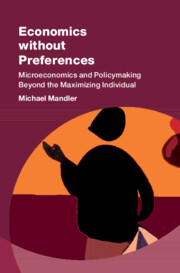
Economics without Preferences
- Microeconomics and Policymaking Beyond the Maximizing Individual
- Coming soon
-
- Expected online publication date:
- January 2025
- Print publication:
- 30 September 2024
-
- Book
- Export citation
Jesus and the Genome
- The Intersection of Christology and Biology
- Coming soon
-
- Expected online publication date:
- December 2024
- Print publication:
- 30 September 2024
-
- Book
- Export citation
Charles Darwin
- No Rebel, Great Revolutionary
- Coming soon
-
- Expected online publication date:
- December 2024
- Print publication:
- 31 October 2024
-
- Book
- Export citation
Bus Station Hustle
- Transport Work in Urban Ghana
- Coming soon
-
- Expected online publication date:
- December 2024
- Print publication:
- 30 September 2024
-
- Book
- Export citation
Politicians Manipulating Statistics
- How They Do It and How to Oppose Them
- Coming soon
-
- Expected online publication date:
- December 2024
- Print publication:
- 31 December 2024
-
- Book
- Export citation
Polluted Politics
- The Development of an Israeli-Palestinian E-Waste Economy
- Coming soon
-
- Expected online publication date:
- November 2024
- Print publication:
- 30 November 2024
-
- Book
- Export citation
Young People with Cognitive Disability in Transition to Adulthood
- Stories of Survival and Aspiration in the Face of Adversity
- Coming soon
-
- Expected online publication date:
- November 2024
- Print publication:
- 31 December 2024
-
- Book
- Export citation
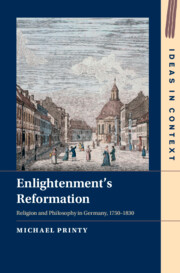
Enlightenment's Reformation
- Religion and Philosophy in Germany, 1750–1830
- Coming soon
-
- Expected online publication date:
- November 2024
- Print publication:
- 30 September 2024
-
- Book
- Export citation
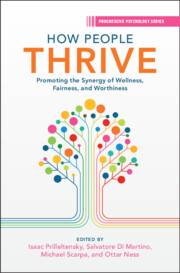
How People Thrive
- Promoting the Synergy of Wellness, Fairness, and Worthiness
- Coming soon
-
- Expected online publication date:
- November 2024
- Print publication:
- 30 November 2024
-
- Book
- Export citation
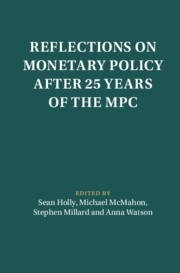
Reflections on Monetary Policy after 25 Years of the MPC
- Coming soon
-
- Expected online publication date:
- November 2024
- Print publication:
- 30 November 2024
-
- Book
- Export citation
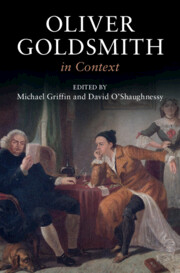
Oliver Goldsmith in Context
- Coming soon
-
- Expected online publication date:
- October 2024
- Print publication:
- 30 September 2024
-
- Book
- Export citation
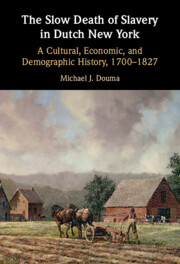
The Slow Death of Slavery in Dutch New York
- A Cultural, Economic, and Demographic History, 1700–1827
- Coming soon
-
- Expected online publication date:
- October 2024
- Print publication:
- 30 September 2024
-
- Book
- Export citation
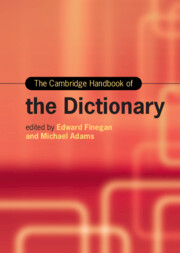
The Cambridge Handbook of the Dictionary
- Coming soon
-
- Expected online publication date:
- October 2024
- Print publication:
- 31 October 2024
-
- Book
- Export citation
2 - Urban Climate Justice in India
-
-
- Book:
- Climate Justice in India
- Published online:
- 03 November 2022
- Print publication:
- 30 September 2024, pp 25-49
-
- Chapter
-
- You have access
- Open access
- Export citation
Social cognition and healthy aging: Cross-sectional associations of emotion perception, theory of mind, and emotional empathy
-
- Journal:
- Journal of the International Neuropsychological Society , First View
- Published online by Cambridge University Press:
- 19 September 2024, pp. 1-6
-
- Article
-
- You have access
- Open access
- HTML
- Export citation
Stance detection: a practical guide to classifying political beliefs in text
-
- Journal:
- Political Science Research and Methods , First View
- Published online by Cambridge University Press:
- 19 September 2024, pp. 1-18
-
- Article
-
- You have access
- Open access
- HTML
- Export citation
Acute Neurological Complications in Pediatric Diabetic Ketoacidosis
-
- Journal:
- Canadian Journal of Neurological Sciences , First View
- Published online by Cambridge University Press:
- 19 September 2024, pp. 1-3
-
- Article
-
- You have access
- HTML
- Export citation
Social security and retirement around the world: lessons from a long-term collaboration
-
- Journal:
- Journal of Pension Economics & Finance , First View
- Published online by Cambridge University Press:
- 19 September 2024, pp. 1-23
-
- Article
-
- You have access
- Open access
- HTML
- Export citation
Nimi Wariboko, Transcripts of the Sacred in Nigeria: Beautiful, Monstrous, Ridiculous (Bloomington, IN: Indiana University Press, 2023), pp. xvi + 227. $40.00
-
- Journal:
- Scottish Journal of Theology , First View
- Published online by Cambridge University Press:
- 18 September 2024, pp. 1-2
-
- Article
- Export citation

